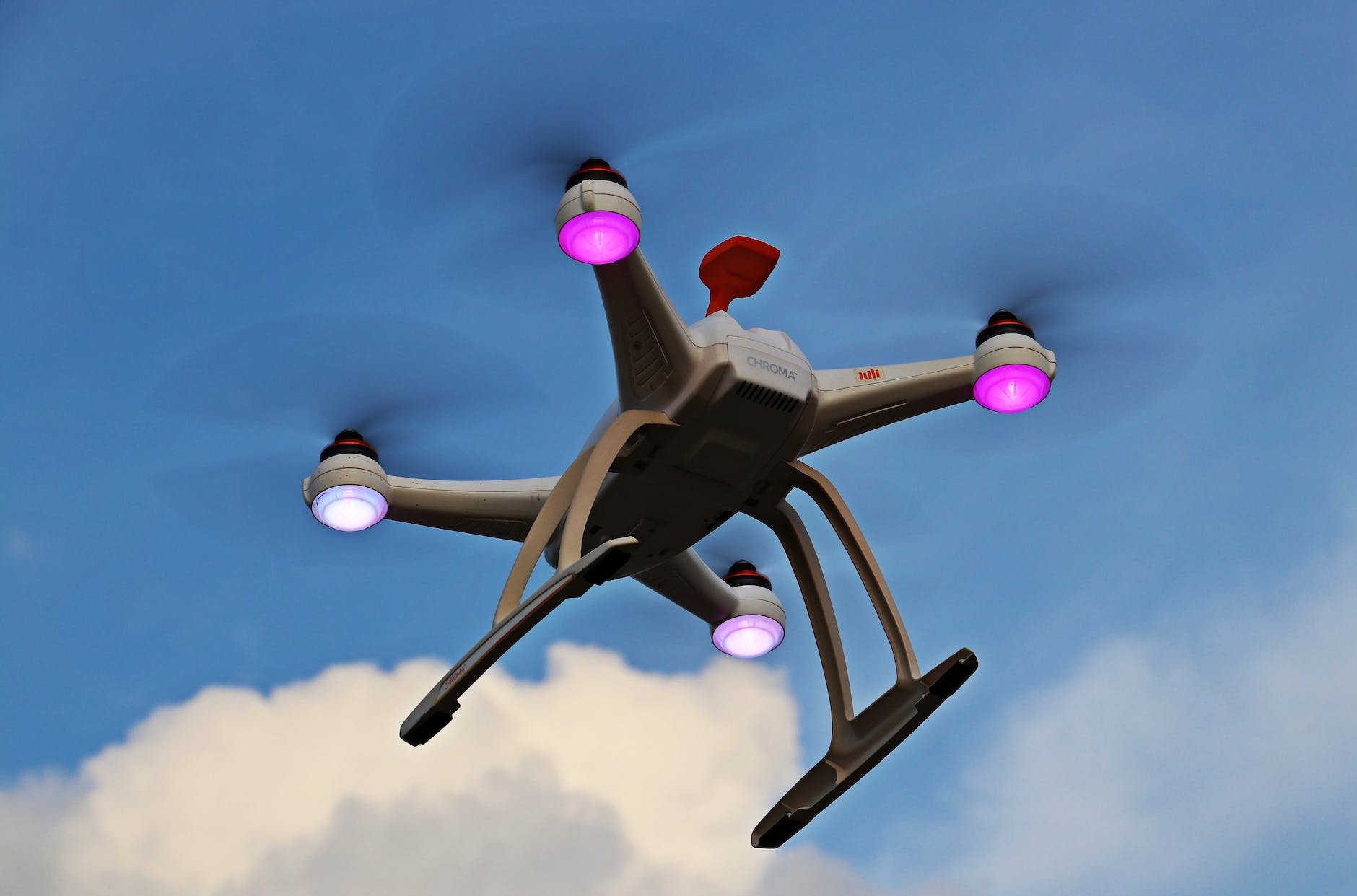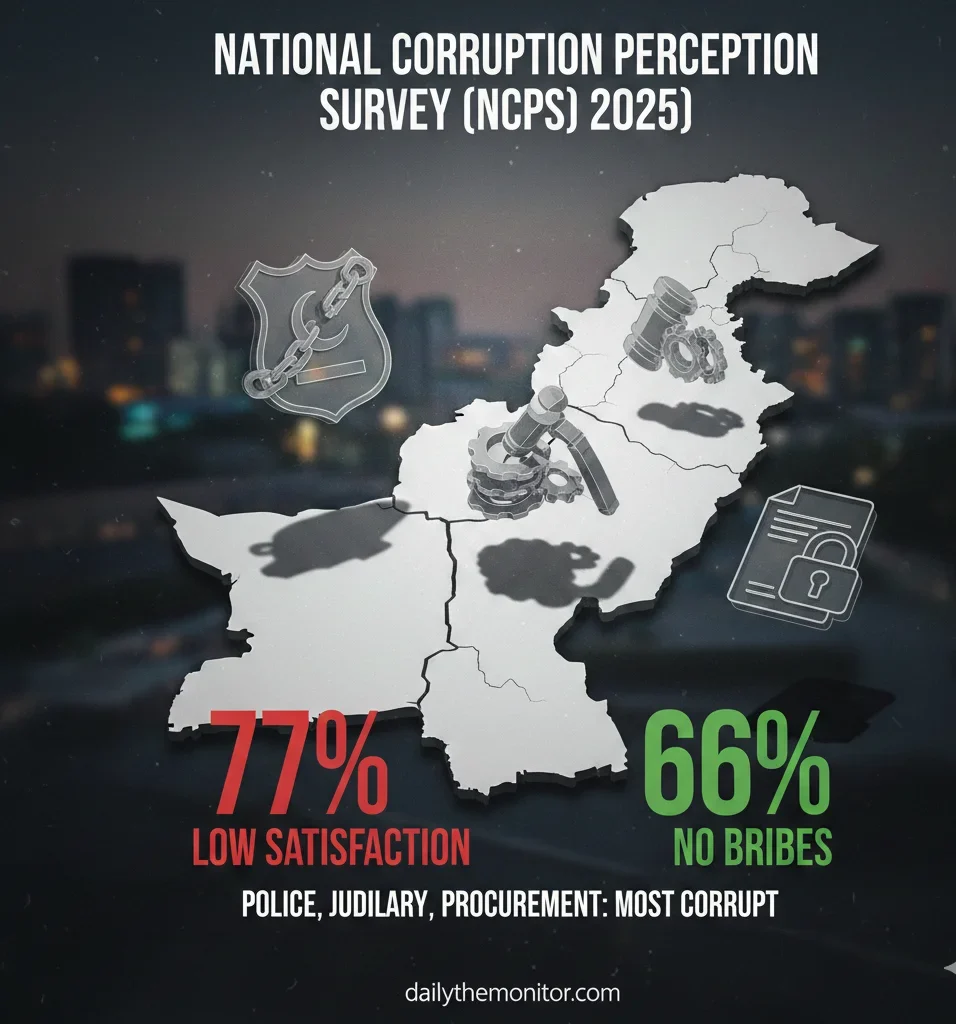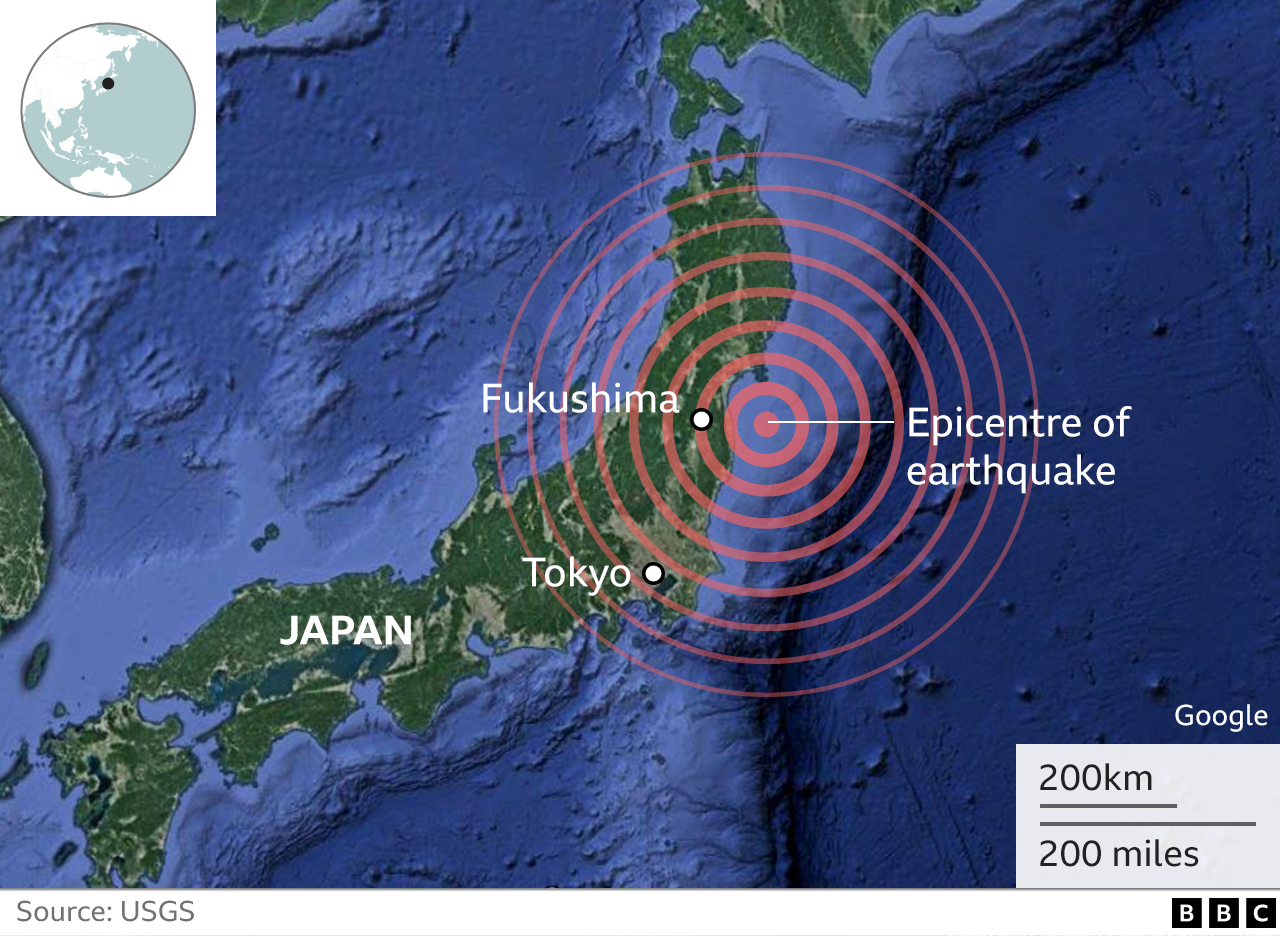Opinion
Reliable Robotics Advances Autonomous Flight System Certification

Reliable Robotics, a company that aims to bring safe, certified automation systems to commercial aviation, has made significant strides towards the certification of its autonomous flight system. The company has continued its momentum towards certification by working with the Federal Aviation Administration (FAA) to finalize requirements covering full-flight navigation and automation solutions.

Reliable Robotics’ autonomous flight system enables remote operation of any aircraft type. The system is designed to transform the way goods and people are transported around the planet with safer, more convenient, and more affordable air transportation. The company’s vision is to make aviation more accessible and efficient, while also improving safety and reducing environmental impact.
Table of Contents
Key Takeaways
- Reliable Robotics has made progress towards the certification of its autonomous flight system by working with the FAA to finalize requirements covering full-flight navigation and automation solutions.
- The company’s autonomous flight system enables remote operation of any aircraft type, to make aviation more accessible, efficient, and safe.
- Reliable Robotics aims to transform the way goods and people are transported around the planet with safer, more convenient, and more affordable air transportation.
Advancements in Autonomous Flight Technology

Reliable Robotics, a leader in safety-enhancing aircraft automation systems, has been making significant progress towards certification of its autonomous flight system. The company’s advanced aircraft navigation and autopilot systems have been accepted by the Federal Aviation Administration (FAA) for certification, marking a major milestone in the development of autonomous flight technology.
Certification Process Progress
Reliable Robotics has been working closely with the FAA to ensure that its autonomous flight system meets the highest safety standards. The company’s certification plans for the autonomous flight control system were accepted by the FAA, paving the way for remotely piloted operations under a supplemental type certificate (STC) [1].
The FAA has also approved a pair of proposals outlining certification requirements for Reliable Robotics’ autonomous navigation and autopilot systems [4]. This progress shows that Reliable Robotics is on track to become a major player in the autonomous flight industry.
Safety and Reliability Measures
Reliable Robotics places a strong emphasis on safety and reliability in its autonomous flight systems. The company’s systems are designed to enhance safety by reducing the risk of human error and improving the accuracy of flight operations.
Reliable Robotics’ autonomous flight systems are equipped with advanced sensors and algorithms that enable them to operate safely and reliably in a wide range of conditions. The systems are also designed to provide real-time data and analytics to pilots and ground crews, enabling them to make informed decisions about flight operations.
In conclusion, Reliable Robotics’ advancements in autonomous flight technology have the potential to revolutionize the aviation industry. With its strong focus on safety and reliability, the company is well-positioned to become a leader in the development of autonomous flight systems.
Industry Impact and Future Outlook

Market Adaptation
Reliable Robotics’ continued momentum towards the certification of its autonomous flight system has significant implications for the aviation industry. The company’s advanced aircraft navigation and autopilot systems have already gained FAA acceptance, and the certification process is expected to be completed soon.
The certification of Reliable Robotics’ autonomous flight system will enable airlines and other aviation companies to reduce their operating costs significantly. The system will eliminate the need for a co-pilot, which will reduce the cost of flight operations. Moreover, the system’s advanced automation features will improve flight safety, which will attract more passengers and increase profitability.
The autonomous flight system will also enable airlines to operate flights more efficiently. The system’s advanced algorithms will optimize flight paths, reduce fuel consumption, and minimize flight times. This will result in significant cost savings for airlines and reduce the carbon footprint of the aviation industry.
Long-Term Vision and Goals
Reliable Robotics’ long-term vision is to revolutionize the aviation industry by making air travel safer, more efficient, and more affordable. The company’s autonomous flight system is just the beginning of this vision. The company is also developing other advanced automation technologies, such as ground control systems and unmanned aerial vehicles.
Reliable Robotics’ goal is to make air travel accessible to everyone. The company aims to achieve this by reducing the cost of air travel and improving flight safety. The company’s advanced automation technologies will enable airlines to offer low-cost flights to more destinations, which will increase accessibility for travelers.
In conclusion, Reliable Robotics’ continued momentum towards the certification of its autonomous flight system has significant implications for the aviation industry. The company’s advanced automation technologies will enable airlines to reduce their operating costs significantly, improve flight safety, and operate flights more efficiently. Reliable Robotics’ long-term vision is to revolutionize the aviation industry by making air travel safer, more efficient, and more affordable.
Partnerships and Collaborations

Reliable Robotics has been making significant progress towards the certification of its autonomous flight system. The company has been collaborating with the Federal Aviation Administration (FAA) to develop and certify its advanced aircraft navigation and autopilot systems. The FAA has approved a pair of proposals outlining certification requirements for the company’s autonomous navigation and autopilot systems.
In addition to its partnership with the FAA, Reliable Robotics has also been collaborating with other companies and organizations in the aviation industry. For example, the company has partnered with Air Cargo Carriers, a regional cargo airline based in the United States. The partnership involves the integration of Reliable Robotics’ autonomous flight system into Air Cargo Carriers’ fleet of Shorts 360 aircraft.
Reliable Robotics has also collaborated with NASA to test its autonomous flight system. The company participated in NASA’s Unmanned Aircraft Systems Traffic Management (UTM) project, which aims to develop a system to manage the increasing number of unmanned aircraft in the National Airspace System. Reliable Robotics’ autonomous flight system was tested in a simulated environment to evaluate its ability to operate safely and efficiently in a complex airspace environment.
Overall, Reliable Robotics’ partnerships and collaborations demonstrate the company’s commitment to developing safe and reliable autonomous flight systems. By working with industry leaders and regulatory agencies, the company is able to test and certify its systems to ensure they meet the highest standards of safety and performance.
Frequently Asked Questions

What are the safety protocols implemented in Reliable Robotics’ autonomous flight system?
Reliable Robotics’ autonomous flight system is designed with safety as its top priority. The system implements a range of safety protocols, including continuous monitoring of the aircraft’s systems and environment, redundant systems, and automatic failover capabilities. The system also features advanced algorithms that can detect and respond to potential safety issues in real-time.
How does Reliable Robotics’ system integrate with existing air traffic control?
Reliable Robotics’ autonomous flight system is designed to seamlessly integrate with existing air traffic control systems. The system communicates with air traffic control using standard protocols and is able to receive and respond to instructions in real time. The system also features advanced collision avoidance capabilities that enable it to avoid other aircraft and obstacles in its path.
What stages of flight does the autonomous system handle, and are there manual override options?
Reliable Robotics’ autonomous flight system is designed to handle all stages of flight, including automatic taxi, takeoff, and landing. During flight, the system provides continuous autopilot engagement and monitoring. The system also includes manual override options, which allow pilots to take control of the aircraft if necessary.
What are the anticipated impacts on pilot jobs due to the implementation of Reliable Robotics’ technology?
Reliable Robotics technology is designed to enhance the safety and efficiency of air travel, but it is not intended to replace human pilots. Instead, the system is designed to work in tandem with pilots, providing them with advanced automation and monitoring capabilities that can help them make better decisions and reduce the risk of accidents.
How has Reliable Robotics addressed regulatory challenges for autonomous flight certification?
Reliable Robotics has worked closely with regulatory agencies, including the Federal Aviation Administration (FAA), to address the regulatory challenges associated with autonomous flight certification. The company has developed a comprehensive certification plan that has been formally approved by the FAA, and it is currently working to execute on the plan’s contents, including through an “immense level” of flight testing and analysis.
What are the energy efficiency and environmental benefits of using Reliable Robotics’ autonomous system?
Reliable Robotics’ autonomous flight system is designed to be highly energy-efficient, with advanced algorithms that optimize flight paths and reduce fuel consumption. The system also features advanced noise reduction capabilities, which can help reduce the environmental impact of air travel. Overall, Reliable Robotics’ technology has the potential to significantly reduce the carbon footprint of air travel, while also enhancing safety and efficiency.
Discover more from The Monitor
Subscribe to get the latest posts sent to your email.
Corruption
Transparency International Pakistan releases NCPS 2025

ISLAMABAD—Transparency International Pakistan (TIP) on Tuesday released its comprehensive National Corruption Perception Survey (NCPS) 2025, presenting a mixed picture of public sentiment on corruption, anti-graft efforts, and governance across the country.
The survey, conducted with 4,000 respondents from all four provinces, reveals that while a significant majority of citizens did not report paying a bribe in the last year, three key public sectors—the Police, Tender/Procurement, and the Judiciary—continue to be perceived as the most corruption-prone institutions.
Table of Contents
Police Top List Despite Perception Improvement
According to the NCPS 2025 findings, the Police remains the most corrupt sector in the eyes of the public, cited by 24% of respondents nationwide. This is followed by the Tender and Procurement process at 16%, and the Judiciary at 14%.
However, the report highlighted a subtle but “notable” positive shift in public perception regarding the Police, registering a 6% improvement in perceived behaviour and service delivery compared to the previous survey.
Low Bribery Rate vs. High Dissatisfaction
The survey’s most encouraging statistic is that a majority of citizens (66%) reported they did not feel compelled to pay a bribe for public services in the past 12 months, which TIP considers a strong indicator of perceived progress in service delivery. Provincially, Sindh reported the highest rate of citizens encountering a demand for a bribe at 46%.
Despite the low rate of personal bribery, public satisfaction with the government’s overall efforts to combat corruption remains low. A significant 77% of respondents nationwide expressed “low satisfaction” or were “not satisfied” with the government’s anti-corruption drive.
The public identified the three major causes driving corruption as a lack of accountability (15%), lack of transparency and limited access to information (15%), and delays in the disposal of corruption cases (14%).
Demand for Accountability of Anti-Graft Bodies
The survey findings reflect a strong public demand for institutional reform and accountability. An overwhelming 78% of Pakistanis believe that anti-corruption institutions like the National Accountability Bureau (NAB) and the Federal Investigation Agency (FIA) should themselves be more accountable and transparent.
Citizens also proposed a blueprint for curbing corruption, prioritising:
- Enhancing accountability (26%)
- Limiting discretionary powers (23%)
- Strengthening Right to Information laws (20%)
The report also found a notable lack of awareness regarding reporting channels, with 70% of citizens being unaware of any official corruption reporting mechanism. Furthermore, 42% stated they would feel safe reporting corruption only if strong whistleblower protection laws were in place.
Economic Stability and Political Finance
On economic matters, approximately 58% of respondents indicated that the government has either fully or partially stabilised the economy, crediting the International Monetary Fund (IMF) programme and the country’s exit from the Financial Action Task Force (FATF) Grey List. However, 57% reported a decline in their purchasing power over the past year.
The survey also highlighted a strong public desire for clean electoral financing, with a combined 83% of respondents supporting either a complete ban or strict regulation of business funding to political parties.
In response to the report, Prime Minister Shehbaz Sharif welcomed the survey, stating that the large number of respondents who reported not encountering corruption during his government reflects the public’s recognition of the reforms aimed at transparency and economic recovery.
For more details on the survey’s public opinion findings, watch this report: Transparency International Report on Corruption – Public Opinion – 9 Dec 2025.
Discover more from The Monitor
Subscribe to get the latest posts sent to your email.
Breaking News
Japan Earthquake Today: Tsunami Warnings, Vigilance, and Resilience

As breaking news spread that a powerful 7.6-magnitude earthquake struck northeastern Japan today, triggering tsunami warnings and mass evacuations. Stay informed about the latest updates, safety measures, and historical context.
Japan earthquake today has once again reminded the world of the country’s vulnerability to seismic activity. Late on December 8, 2025, a 7.6 magnitude earthquake struck off the northeastern coast near Aomori, prompting widespread tsunami warnings and urgent evacuation orders.
Japan, located in the seismically active “Ring of Fire,” is no stranger to earthquakes and tsunamis. Yet each tremor brings renewed urgency, fear, and resilience. This article provides a step-by-step breakdown of the latest events, the science behind earthquake and tsunami warnings, and the human stories of vigilance and survival.
Table of Contents
The Earthquake in Japan Today
- Magnitude: 7.6 (USGS, JMA reports)
- Time: 11:15 p.m. local time, December 8, 2025
- Epicenter: ~80 km offshore Aomori Prefecture
- Depth: ~33–44 km below the surface
- Impact: Shaking rated “upper 6” on Japan’s 1–7 intensity scale — nearly impossible to stand without crawling.
Residents reported violent shaking, falling furniture, and broken windows. Several injuries were confirmed in Aomori, with at least 33 people hurt across northern Japan.
Tsunami Warning Japan Earthquake
The Japan Meteorological Agency (JMA) issued a tsunami warning immediately after the quake. Waves between 20–70 cm were observed at ports in Aomori and Hokkaido. Authorities warned of possible waves up to 3 meters (10 feet).
Although tsunami alerts were later lifted, officials urged continued vigilance due to aftershocks and the risk of a “megaquake”.
Human Impact and Evacuations
- Evacuations: ~90,000 residents ordered to leave coastal areas.
- Infrastructure: Train services were disrupted, power outages were reported, and fires broke out in Aomori.
- Nuclear Safety: Plants in northeastern Japan conducted urgent safety checks.
Families fled to higher ground, clutching emergency kits. Elderly residents were assisted by volunteers, while schools and community centers opened as shelters.
Historical Context: Earthquakes and Tsunamis in Japan
Japan has faced devastating quakes before:
- 2011 Tōhoku Earthquake & Tsunami: Magnitude 9.0, killed nearly 20,000 people.
- 1995 Kobe Earthquake: Magnitude 6.9, killed over 6,000.
These events shaped Japan’s disaster preparedness, from strict building codes to nationwide drills.
Science Behind Tsunami Warnings
Tsunamis occur when undersea quakes displace water. Japan’s advanced monitoring systems detect seismic waves and issue alerts within minutes. The tsunami warning Japan earthquake system is among the most sophisticated globally, saving countless lives.
Vigilance and Preparedness
Authorities emphasised vigilance:
- Keep emergency kits ready.
- Know evacuation routes.
- Follow official alerts, not rumours.
Preparedness is cultural in Japan — schools, offices, and households regularly practice drills.
Global Reactions
International leaders expressed solidarity. Aid organisations offered support, while neighbouring countries monitored for possible tsunami impacts.
Conclusion
The earthquake in Japan today is a stark reminder of nature’s power and the importance of vigilance. While tsunami warnings have been lifted, aftershocks remain a risk. Japan’s resilience, preparedness, and community spirit continue to inspire the world.
FAQs (SEO Boost Section)
Q1: Was there a tsunami in Japan today? Yes, small waves were observed, but major tsunami warnings have been lifted.
Q2: How strong was the earthquake in Japan today? It was a magnitude 7.6 quake, one of the strongest in recent years.
Q3: What should people do during a tsunami warning? Evacuate to higher ground immediately, stay tuned to official alerts, and avoid coastal areas.
Discover more from The Monitor
Subscribe to get the latest posts sent to your email.
Entertainment
How Netflix Stole Warner Bros from David Ellison: Old Hollywood’s Miscalculation

For two decades, Netflix has been dismissed as a disruptor that would eventually plateau. Legacy Hollywood believed its dominance was temporary, a fad that would fade once the old guard flexed its muscle. Yet in 2025, the streaming pioneer pulled off a coup that stunned the industry: Netflix outmanoeuvred David Ellison’s Skydance and secured Warner Bros, rewriting the rules of entertainment economics.
Table of Contents
Macro Context: Streaming’s Rise and Hollywood’s Decline
The streaming wars have reshaped the global media landscape. Netflix, once a DVD‑by‑mail service, now commands billions in revenue and a subscriber base that dwarfs traditional cable. Meanwhile, legacy studios like Warner Bros Discovery struggled under debt, fragmented audiences, and outdated business models.
David Ellison’s Skydance, backed by ambition and capital, seemed poised to rescue Warner Bros. Yet Netflix’s strategic patience, global reach, and ability to monetise content across platforms proved decisive.
David Ellison’s Bid: Ambition Meets Reality
Ellison’s attempt to acquire Warner Bros was emblematic of Hollywood’s old guard—ambitious, well‑funded, but ultimately constrained by legacy thinking. Skydance’s merger talks with Paramount highlighted Ellison’s vision of building a modern studio empire. But when it came to Warner Bros, Netflix’s agility and scale proved insurmountable.
- Skydance Strategy: Focused on blockbuster franchises and traditional studio models.
- Netflix Strategy: Leveraged global subscriber data, AI‑driven content recommendations, and diversified revenue streams.
- Outcome: Ellison underestimated Netflix’s ability to play the long game.
Warner Bros: A Legacy Studio Recast
Warner Bros, once synonymous with Hollywood glamour, became a symbol of industry decline. Debt burdens, misaligned leadership, and fragmented IP portfolios left it vulnerable. Netflix’s acquisition was not just a business deal—it was a cultural takeover.
By absorbing Warner Bros, Netflix gained access to iconic franchises, a century of cinematic heritage, and a foothold in theatrical distribution. More importantly, it signaled that streaming had officially eclipsed legacy Hollywood.
Opinion: Why Old Hollywood Misread Netflix
As a senior columnist, I argue that Hollywood underestimated Netflix’s long game. For years, executives dismissed streaming as secondary to theatrical releases. They failed to grasp that Netflix was not just a content distributor—it was a data‑driven entertainment ecosystem.
Netflix’s ability to predict audience behavior, scale globally, and monetize IP across formats gave it an edge Ellison and others could not match. The Warner Bros deal is proof that the future belongs to platforms that combine technology with storytelling.
Conclusion
Netflix’s acquisition of Warner Bros is more than a headline—it’s a turning point. David Ellison’s failed bid underscores the limits of old‑guard Hollywood thinking. The lesson is clear: streaming is not the future, it is the present.
For policymakers, investors, and audiences, the message is unmistakable: Netflix didn’t just buy Warner Bros—it rewrote the rules of Hollywood.
Discover more from The Monitor
Subscribe to get the latest posts sent to your email.
-

 Featured5 years ago
Featured5 years agoThe Right-Wing Politics in United States & The Capitol Hill Mayhem
-

 News4 years ago
News4 years agoPrioritizing health & education most effective way to improve socio-economic status: President
-

 China5 years ago
China5 years agoCoronavirus Pandemic and Global Response
-

 Canada5 years ago
Canada5 years agoSocio-Economic Implications of Canadian Border Closure With U.S
-

 Conflict5 years ago
Conflict5 years agoKashmir Lockdown, UNGA & Thereafter
-

 Democracy4 years ago
Democracy4 years agoMissing You! SPSC
-

 Democracy4 years ago
Democracy4 years agoPresident Dr Arif Alvi Confers Civil Awards on Independence Day
-

 Digital5 years ago
Digital5 years agoPakistan Moves Closer to Train One Million Youth with Digital Skills




















